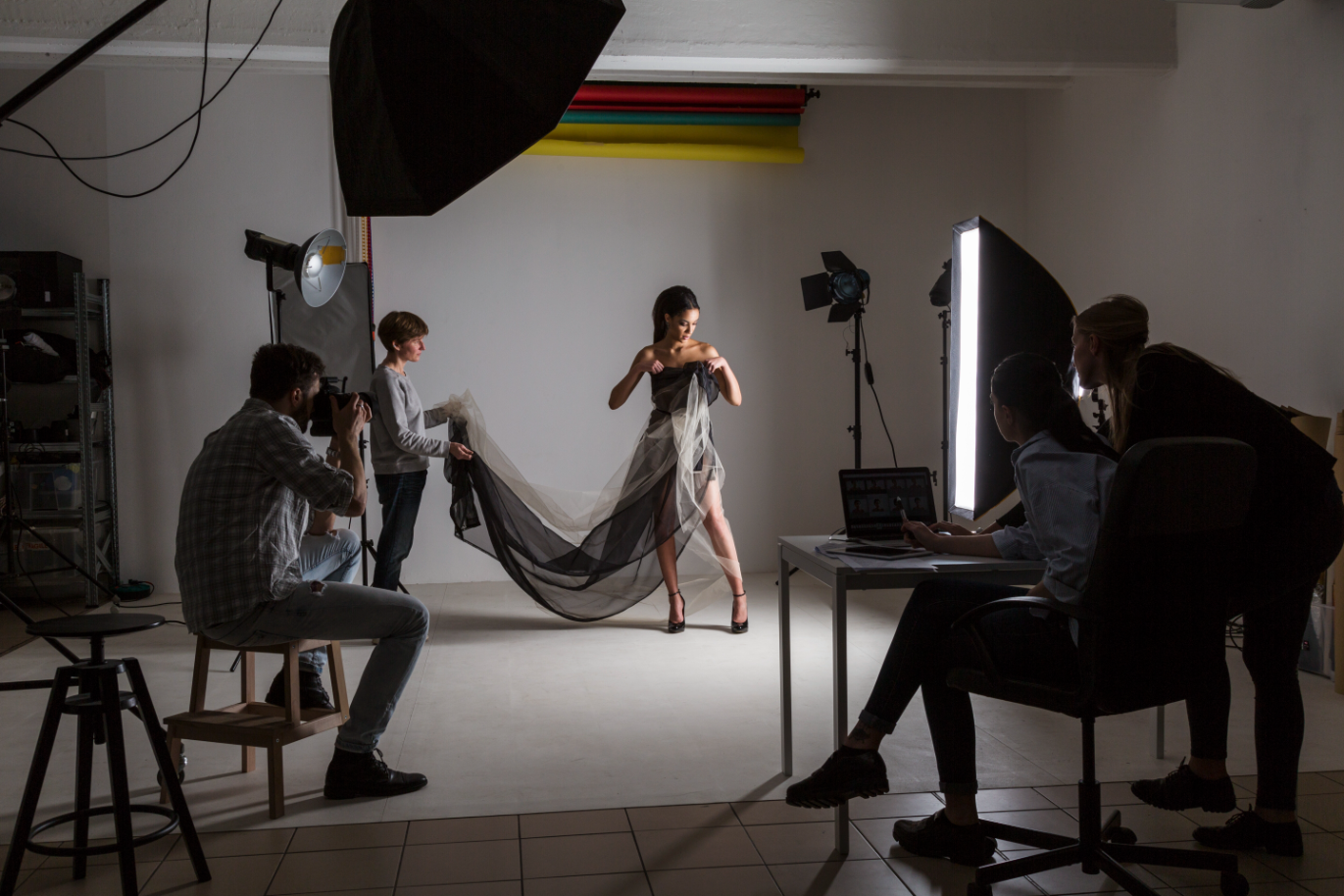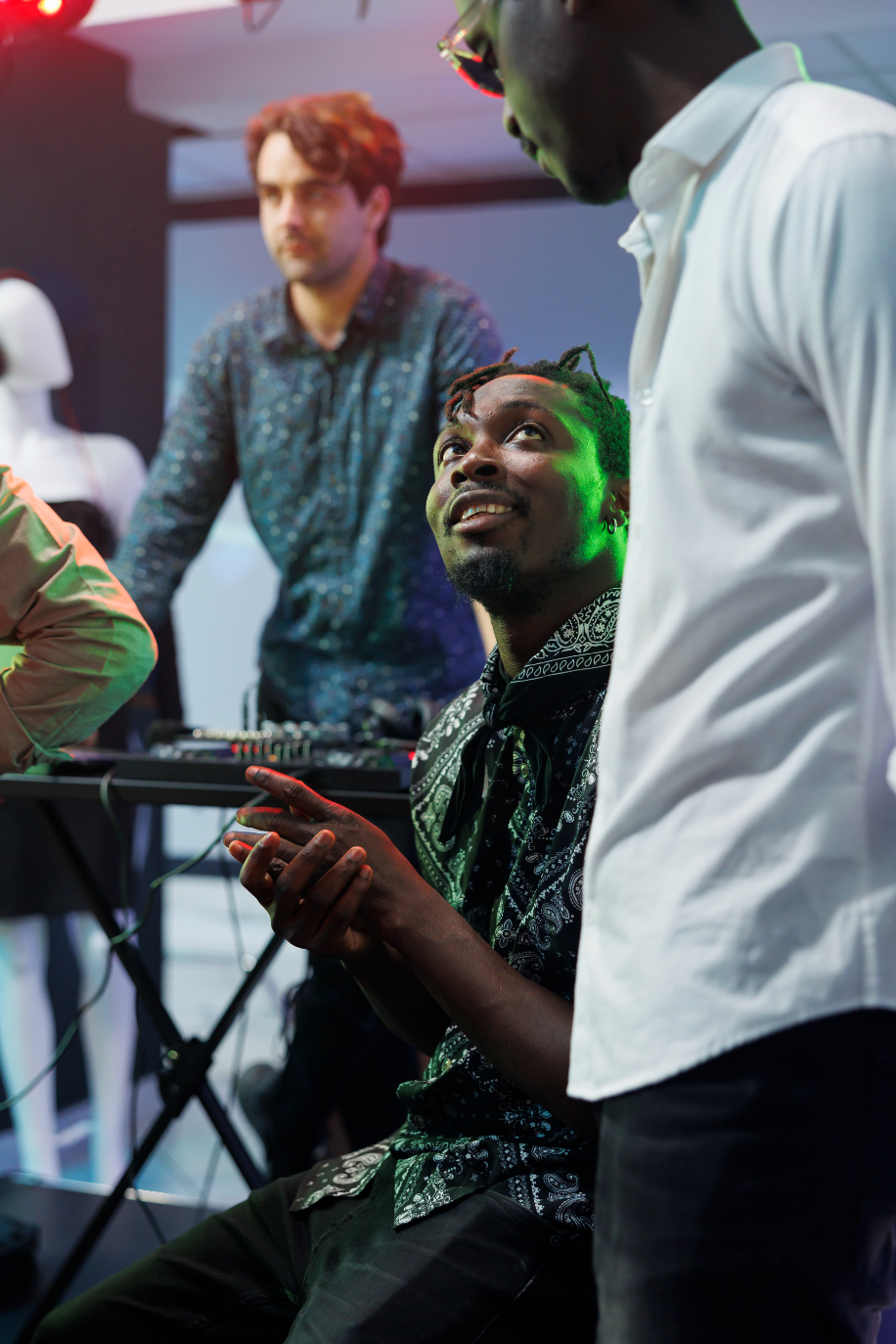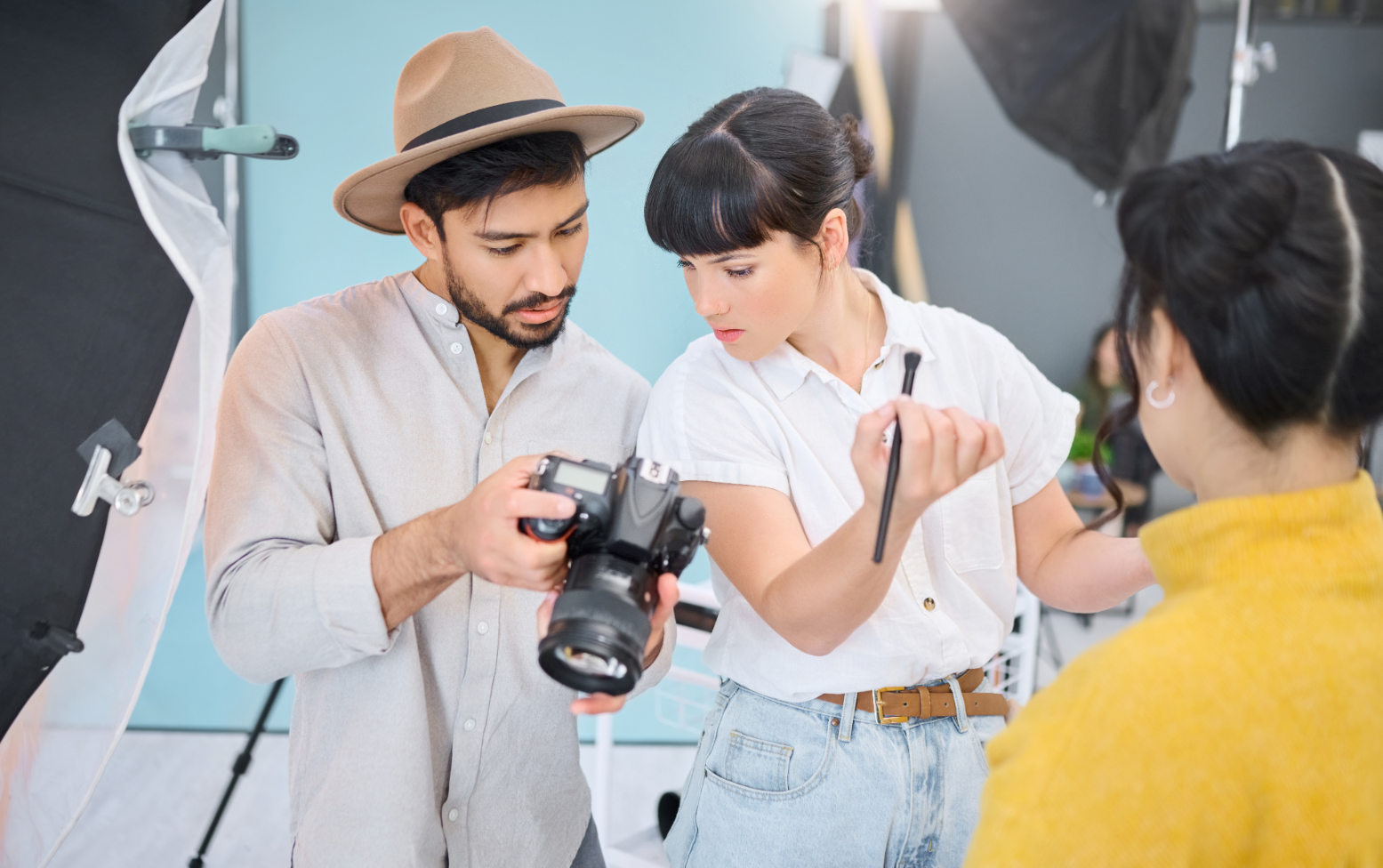Transform Your Story: 5 VFX & 3D Animation Secrets Revealed

In the world of filmmaking, where imagination knows no bounds, Visual Effects (VFX) and 3D Animation have transcended mere embellishment to become integral storytelling tools. They allow us to create worlds, characters, and spectacles that defy reality, drawing audiences into narratives with unparalleled immersion. But what truly separates a good visual effect from a truly transformative one? It’s not always about the biggest budget or the most cutting-edge software; often, it lies in understanding a few fundamental principles that elevate the craft. Whether you're an aspiring filmmaker, a seasoned creative, or just curious about the magic behind the screen, these five secrets will illuminate how VFX and 3D animation can truly transform your story from concept to captivating reality.
The First Secret: The Power of Pre-Visualization
Before a single frame is rendered or an expensive set is built, the most successful projects harness the power of pre-visualization, or "previz." This isn't just about drawing a few storyboards; it's about creating a rough animated blueprint of your scene or sequence. Think of it as a low-fidelity version of your final film, allowing you to experiment with camera angles, pacing, blocking, and even special effects long before committing to costly production. By seeing your vision take shape early, you can identify potential problems, refine creative choices, and ensure everyone on the team is aligned with the desired outcome.
The beauty of previz is its iterative nature. You can quickly make changes, test different approaches, and solve complex spatial or narrative problems without the pressure of a full production crew on standby. This process saves an enormous amount of time and money in the long run, preventing costly reshoots or re-renders. For independent creators, tools ranging from simple 2D animatics with basic drawings to more sophisticated 3D layouts using free or affordable software can provide this invaluable advantage, allowing you to iron out the kinks and focus your resources where they matter most.
Secrets Two & Three: Mastering Subtle Integration
Secret Two: The Synergy of Practical Effects and VFX
One of the biggest misconceptions about modern VFX is that everything must be digital. In reality, the most convincing and immersive visual effects often arise from a harmonious blend of practical effects and digital enhancements. Practical elements – miniature models, physical sets, on-set explosions, or even complex creature suits – provide a tangible grounding in reality that purely digital creations sometimes struggle to achieve. When VFX is then layered on top, it seamlessly extends or refines these practical elements, making the final result incredibly believable.
Consider iconic examples like the original Jurassic Park, where animatronic dinosaurs provided a tangible presence for actors to react to, later augmented by groundbreaking CGI. More recently, shows like The Mandalorian extensively use LED video walls (Stagecraft) to display digital backgrounds, allowing for realistic on-set lighting and reflections, then enhanced with traditional green screen work and digital set extensions. This hybrid approach ensures that the audience's brain perceives the imagery as real, even when fantastical elements are at play. Don't be afraid to get physical with your effects; it often makes the digital elements shine even brighter.
Secret Three: The Unseen Power of Reference and Detail
The devil, as they say, is in the details. And in VFX and 3D animation, this couldn't be more true. The third secret lies in the meticulous study and application of real-world reference. Whether you're creating a fantastical creature, a futuristic city, or a devastating natural disaster, grounding your digital creations in observational reality is paramount. This means collecting extensive photographic and video references for textures, lighting conditions, material properties, and even the subtle imperfections that make things feel real.
Why does a dragon look believable? Because its scales might mimic those of a reptile, its flight dynamics might be inspired by real birds, and its skin might show wear and tear, just like any living creature. Artists spend countless hours researching how light interacts with different surfaces, how gravity affects movement, and how atmospheric conditions obscure distant objects. It’s these subtle, often imperceptible details – a slight imperfection on a rendered surface, the accurate fall of a shadow, or the organic deformation of a digital model – that collectively trick the brain into believing what it sees, transforming a mere animation into a living, breathing part of your story world.
Secrets Four & Five: Crafting Atmosphere with Lighting & Composition
Secret Four: Lighting as a Narrative Catalyst
Lighting in VFX and 3D animation is far more than just illuminating a scene; it's a powerful narrative tool, a secret weapon for mood, emotion, and storytelling. The way a scene is lit can instantly communicate whether the moment is tense or joyous, mysterious or open, dramatic or whimsical. Think about the stark, high-contrast lighting often used in film noir to convey danger and moral ambiguity, or the soft, warm glow that evokes comfort and intimacy.
Understanding the principles of cinematic lighting – key light, fill light, rim light, and practical lights – and how they apply in a virtual 3D environment is crucial. Experiment with color temperatures, shadow density, and light sources to sculpt your characters and environments. A character's face half-hidden in shadow can suggest internal conflict, while bright, diffuse lighting can create a sense of openness and innocence. By intentionally designing your lighting, you not only make your visuals look stunning but also deepen the emotional resonance of your story, guiding the audience's feelings without a single word being spoken.
Secret Five: Composition for Maximum Impact
Just as a painter arranges elements on a canvas, a skilled VFX artist or animator uses composition to guide the viewer's eye, create visual interest, and reinforce the story's message. Composition isn't just about making things look "pretty"; it's about making them impactful and comprehensible. This involves understanding principles like the rule of thirds, leading lines, framing, balance, and negative space to direct attention to crucial elements within the frame.
Whether you're crafting a dynamic action sequence or a quiet, introspective moment, deliberate composition ensures that your visual storytelling is clear and compelling. A wide shot can establish scale and isolation, while a tight close-up can amplify emotion. The strategic placement of a character against a dramatic backdrop, or the use of foreground elements to frame a crucial action, can significantly elevate a shot. By planning your compositions with intention, you can ensure that every pixel on screen contributes to the overall narrative, creating visual harmony and drawing your audience deeper into the heart of your story.
Your Story Awaits: Conclusion
These five secrets—the strategic use of pre-visualization, the powerful synergy of practical and digital effects, the unwavering commitment to real-world reference and detail, and the mastery of lighting and composition as narrative tools—are not just technical tricks. They are fundamental principles that empower storytellers to create truly immersive and unforgettable experiences. They are the keys to unlocking the full potential of VFX and 3D animation, transforming your raw ideas into visual spectacles that resonate deeply with your audience.
The magic of filmmaking isn't just about showing something impossible; it's about making the impossible feel real, making the extraordinary relatable, and using every available tool to tell your story in the most compelling way imaginable. So, go forth and experiment, apply these secrets, and watch as your stories transform. If you're ready to bring your vision to life with expert VFX and 3D animation, explore the possibilities and get in touch with us at FilmBaker to discuss your project: https://www.filmbaker.com/get-in-touch.

